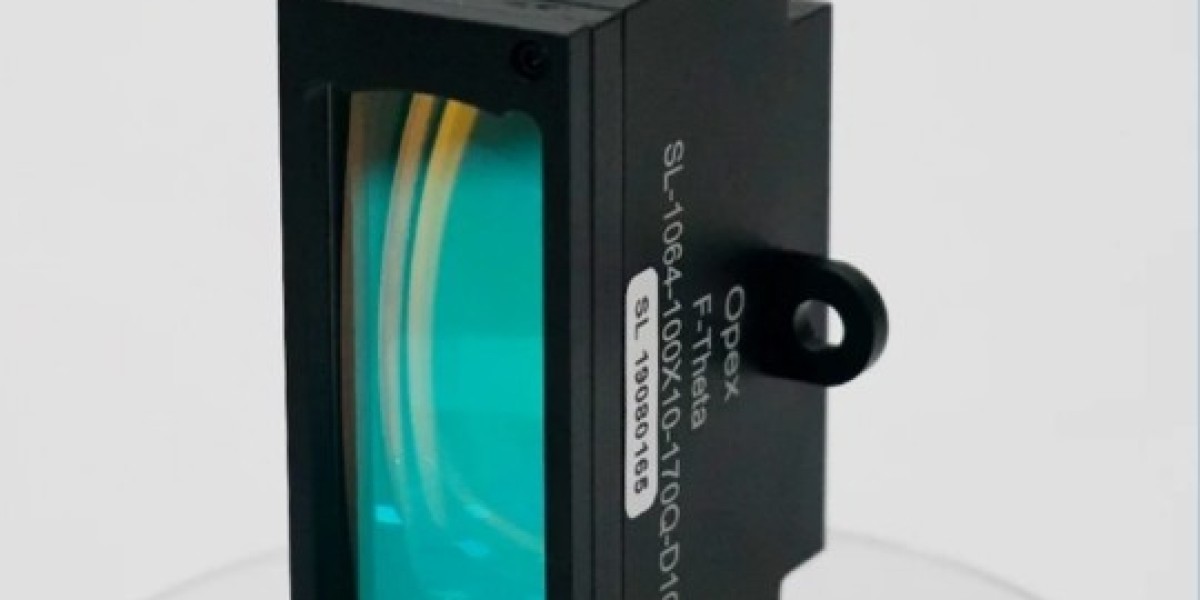At its core, a laser lens is designed to focus or direct laser beams with high precision. The optical quality of the lens determines how accurately a laser beam can be guided, shaped, or concentrated onto a target surface. In industrial environments, such as metal cutting, engraving, or additive manufacturing, the accuracy of the laser lens directly influences the quality of the final product. Slight deviations in lens alignment or surface cleanliness can result in inconsistencies, which is why regular inspection and maintenance are crucial.
Laser lenses are often constructed from specialized optical materials capable of withstanding intense energy without degradation. These materials are carefully engineered to maintain transparency and refractive properties, even under prolonged exposure to high-powered laser beams. The choice of material depends on the type of laser being used, its wavelength, and the specific application. For example, lenses used in CO₂ lasers may differ significantly in composition from those used in fiber lasers, although both serve similar purposes in beam focusing.
The performance of a laser lens is affected by several factors, including cleanliness, alignment, and thermal stability. Dust, debris, or smudges on the lens surface can scatter the laser beam, reducing precision and intensity. Therefore, proper cleaning protocols must be followed using suitable solvents and lint-free wipes. In addition, thermal effects caused by high-intensity laser beams can induce slight distortions in the lens, which makes thermal management a critical consideration in high-power laser systems.
In manufacturing applications, laser lenses are often paired with other optical components such as mirrors, beam expanders, and protective windows. Together, these components create a controlled optical path that ensures the laser beam reaches the target precisely as intended. Proper alignment of the lens within this system is vital. Misalignment can lead to inefficient cutting, engraving errors, or even damage to the laser source. Professionals working with laser systems are trained to calibrate lenses carefully, often using specialized tools and measurement devices to verify the accuracy of beam focus.
Laser lenses are also integral to medical and scientific equipment. In fields such as ophthalmology, dermatology, and precision surgery, the lens allows lasers to deliver energy accurately to specific tissues without affecting surrounding areas. Similarly, in research laboratories, laser lenses enable high-resolution imaging, spectroscopy, and photonics experiments. The reliability and clarity of the lens directly affect experimental outcomes, making careful handling and regular maintenance critical.
Maintenance of a laser lens goes beyond cleaning. Regular inspection for surface damage, scratches, or coating deterioration ensures consistent performance. Over time, even small imperfections can reduce efficiency and potentially compromise safety. Many modern laser systems include protective housings or air purging mechanisms to shield lenses from contamination, enhancing their lifespan and performance. Additionally, storage in controlled environments helps prevent exposure to humidity or temperature fluctuations that could affect optical properties.
When selecting a laser lens for a particular application, it is important to consider compatibility with the laser system, wavelength range, and power rating. Using a lens outside of its specified parameters can lead to reduced performance or permanent damage. Professional suppliers provide detailed specifications and guidance, ensuring that users select lenses suitable for their intended use.
The versatility of laser lenses is evident in their wide range of applications. In industrial settings, they contribute to precision cutting, marking, and engraving of metals, plastics, and other materials. In electronics, lenses allow for microfabrication and PCB processing. In medical fields, they enable minimally invasive procedures with remarkable precision. Across all these applications, the lens serves as the critical link between the laser source and the desired outcome, translating raw laser energy into controlled, actionable results.
Continuous technological advancements are enhancing the capabilities of laser lenses. New coating technologies improve resistance to thermal stress and chemical exposure, while innovations in lens design allow for more compact and efficient optical systems. These advancements expand the range of tasks that lasers can perform, providing professionals with greater flexibility and higher standards of precision.
Understanding the operation and care of a laser lens ensures that users maximize its potential while maintaining safety and efficiency. Training in lens handling, cleaning, and inspection is essential for operators in both industrial and scientific environments. Proper knowledge reduces the risk of errors, equipment damage, and operational downtime, ultimately supporting productivity and quality outcomes.
In addition, the adoption of standardized maintenance protocols and routine performance checks allows organizations to prolong the lifespan of laser lenses. This approach not only saves costs but also ensures that laser systems operate at peak efficiency. Professionals recognize that a well-maintained lens is not just a component but a vital contributor to the success of any laser-based operation.
Whether in manufacturing, healthcare, or research, the laser lens remains a pivotal element in achieving precision, reliability, and consistent results. Its ability to direct and focus laser energy with exactness underlines its importance in countless applications. Awareness of proper handling, maintenance, and selection criteria ensures that the lens continues to perform at its best, supporting innovation and quality outcomes across diverse industries.
Final Thoughts
Laser lens are more than optical components; they are the precision enablers behind modern laser technology. Their proper use, careful maintenance, and understanding of material and system compatibility make a tangible difference in the quality, efficiency, and reliability of laser-based operations. Professionals across industries rely on laser lenses to translate raw energy into precise, controlled outcomes, making their role indispensable in today’s technological landscape.








